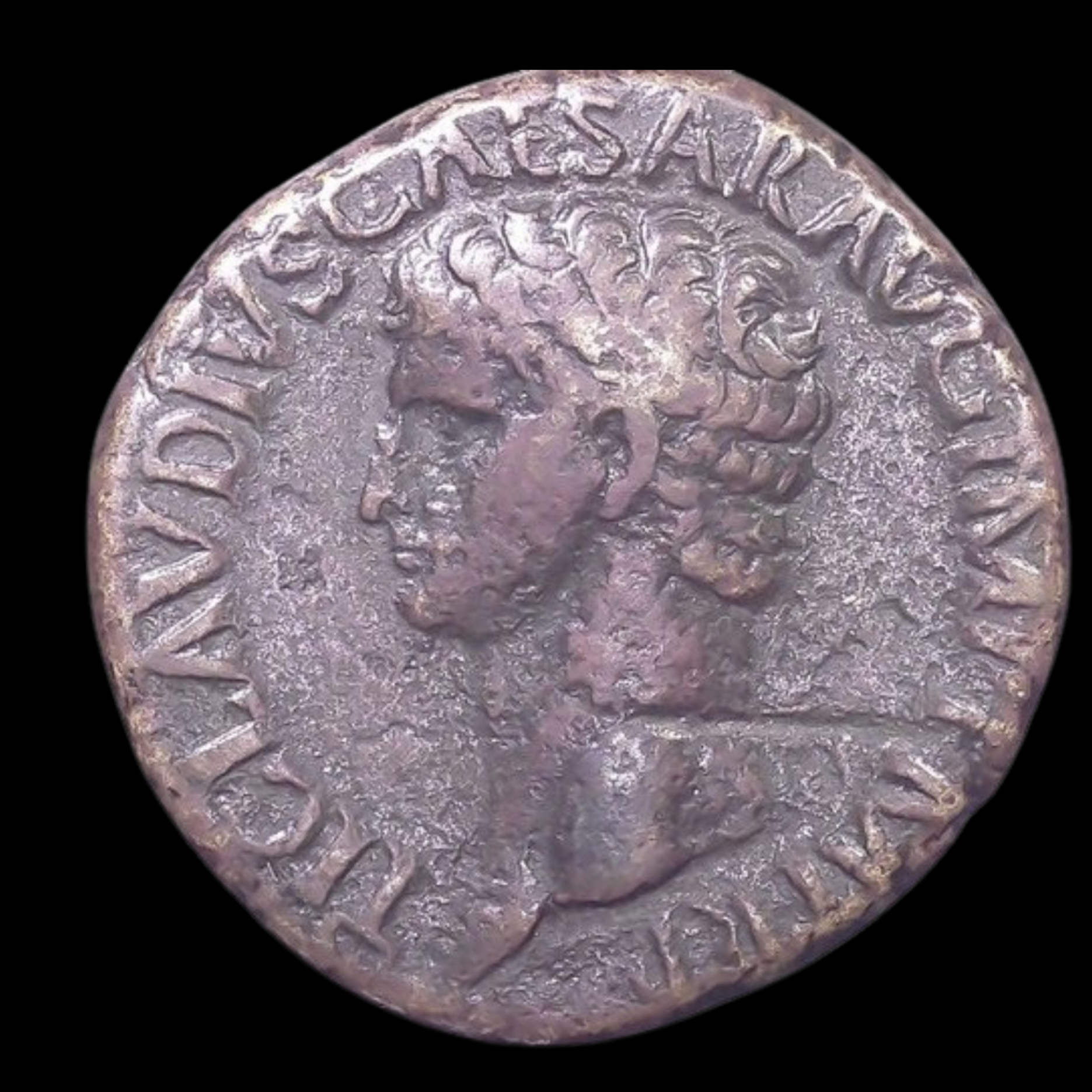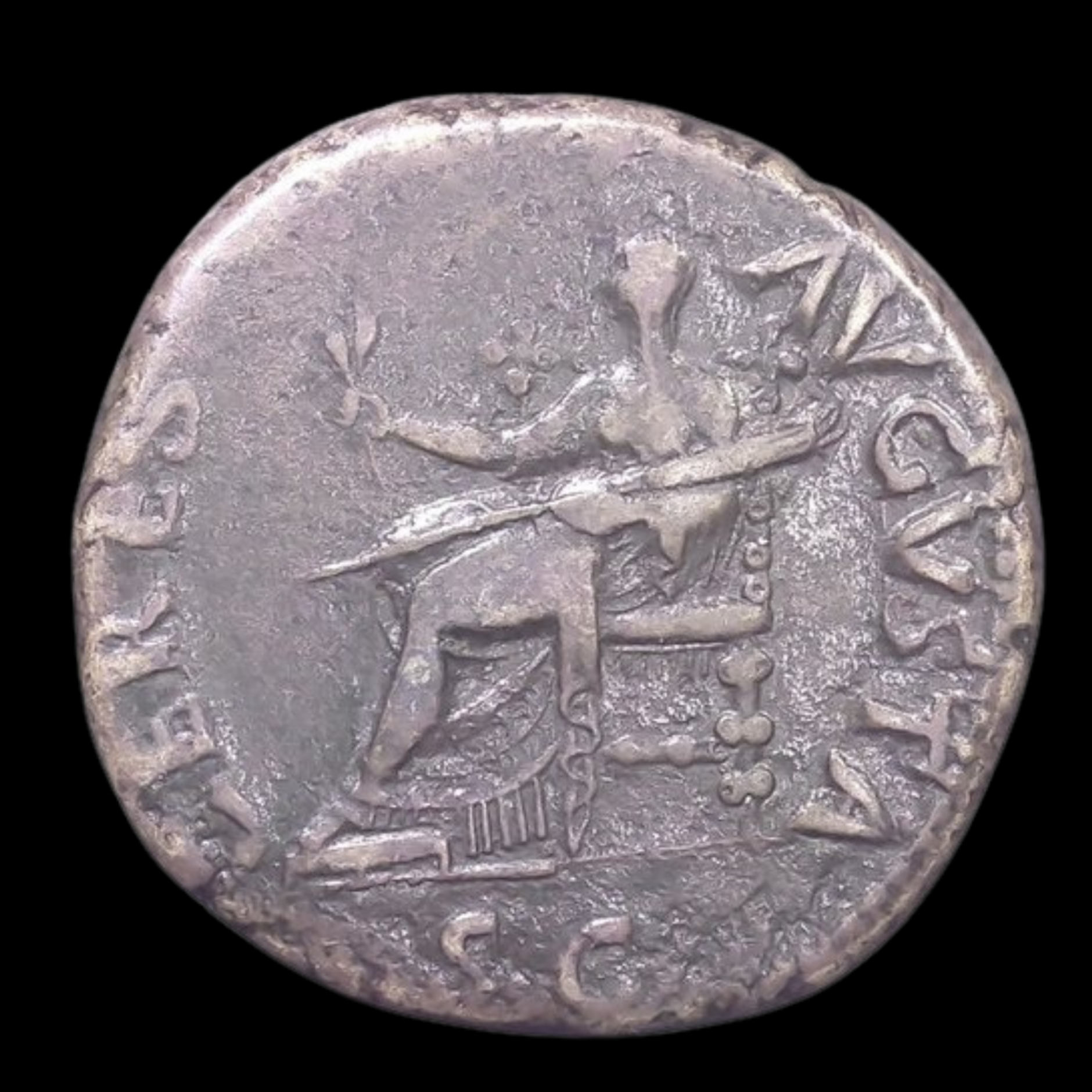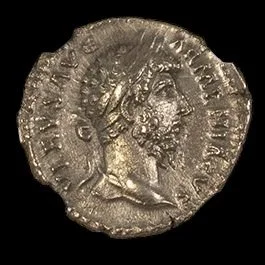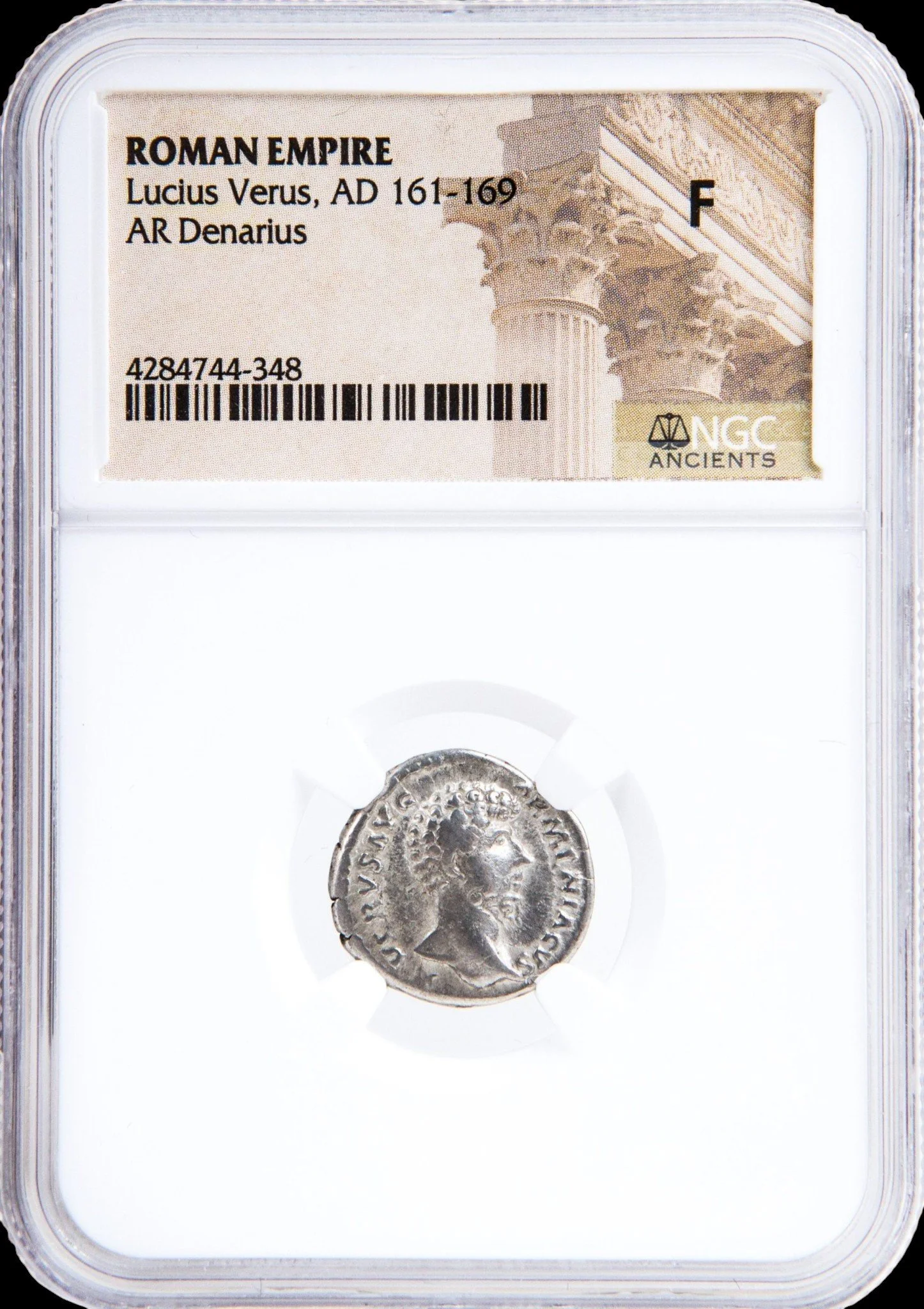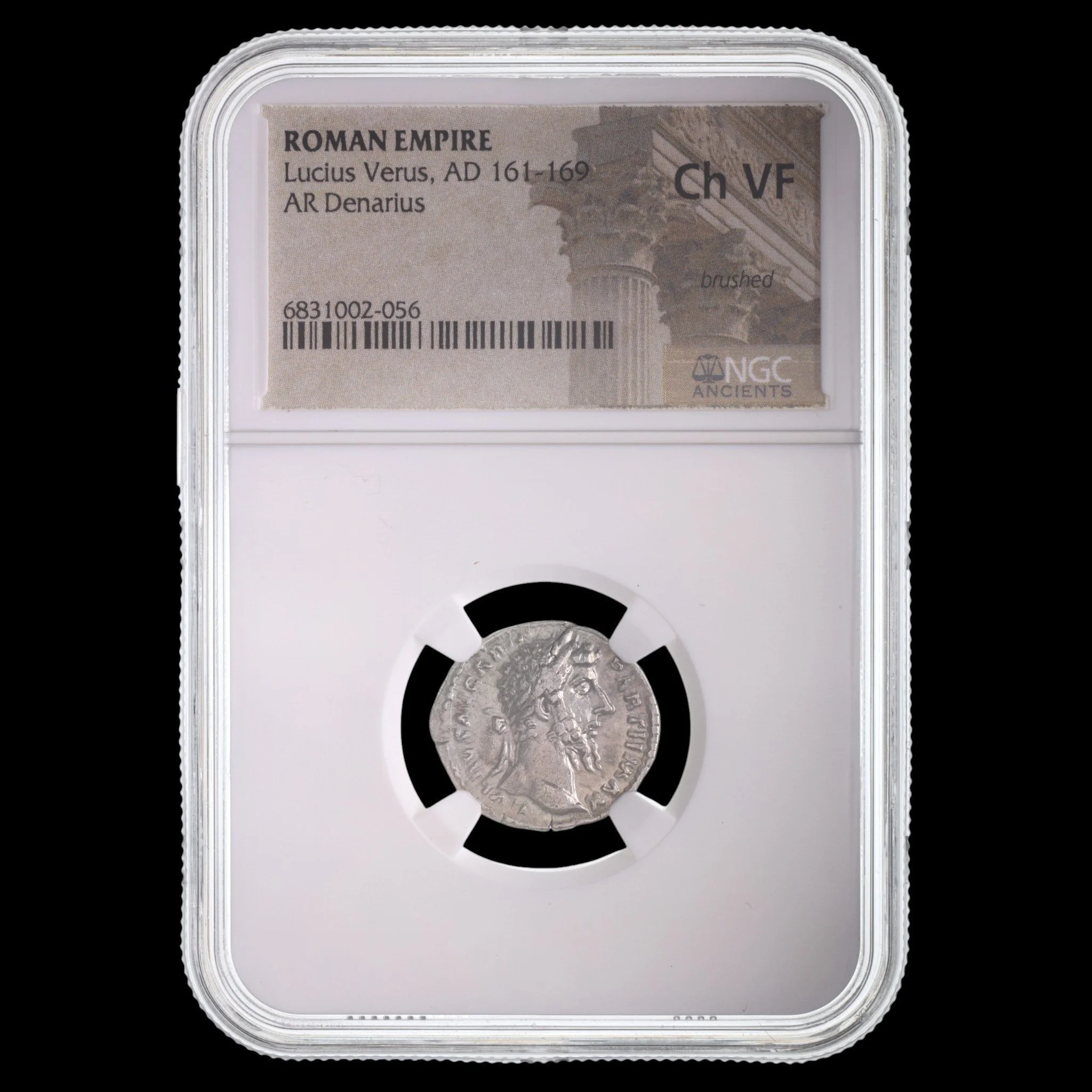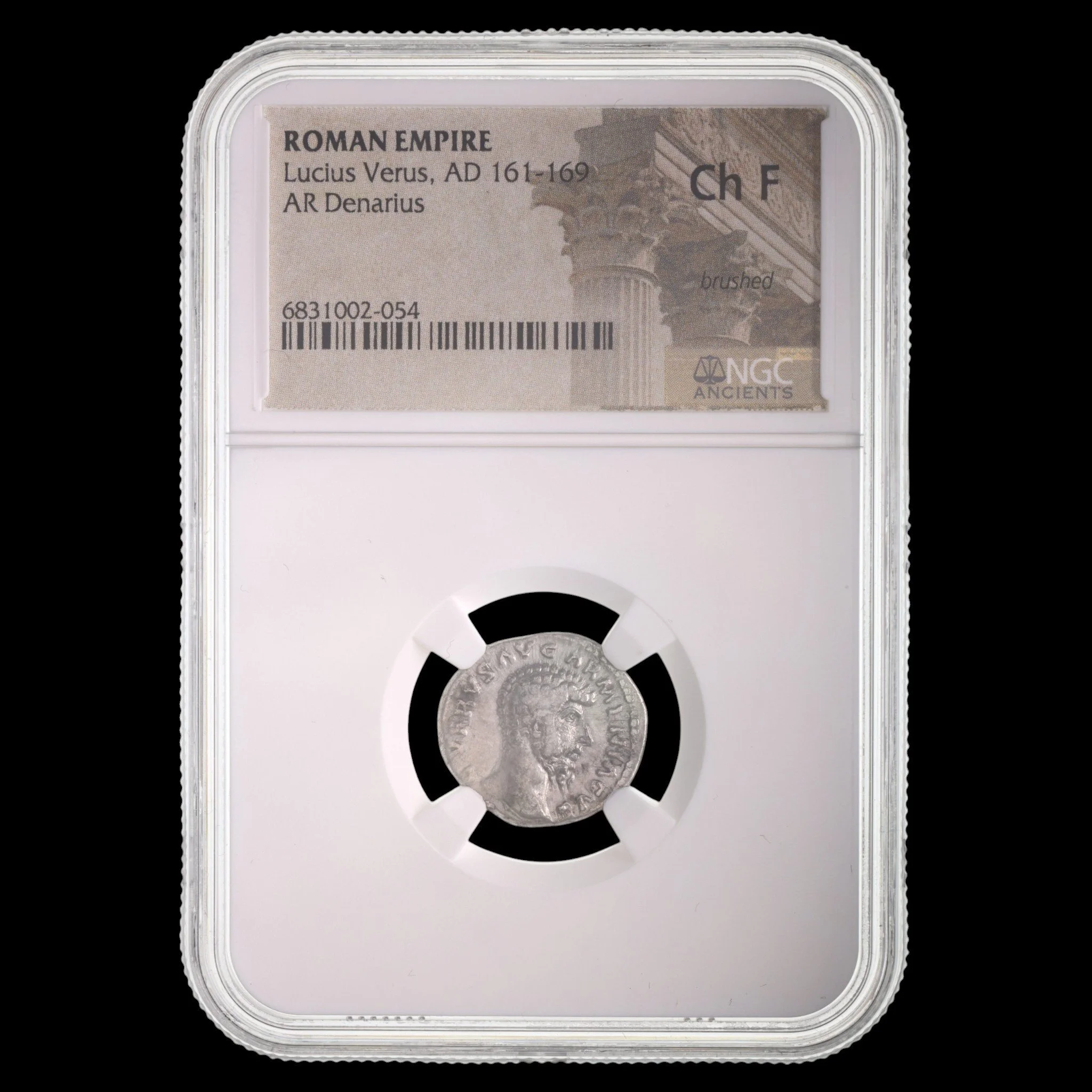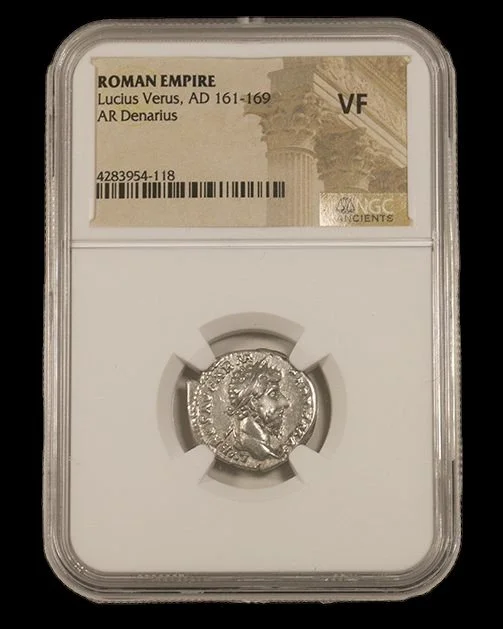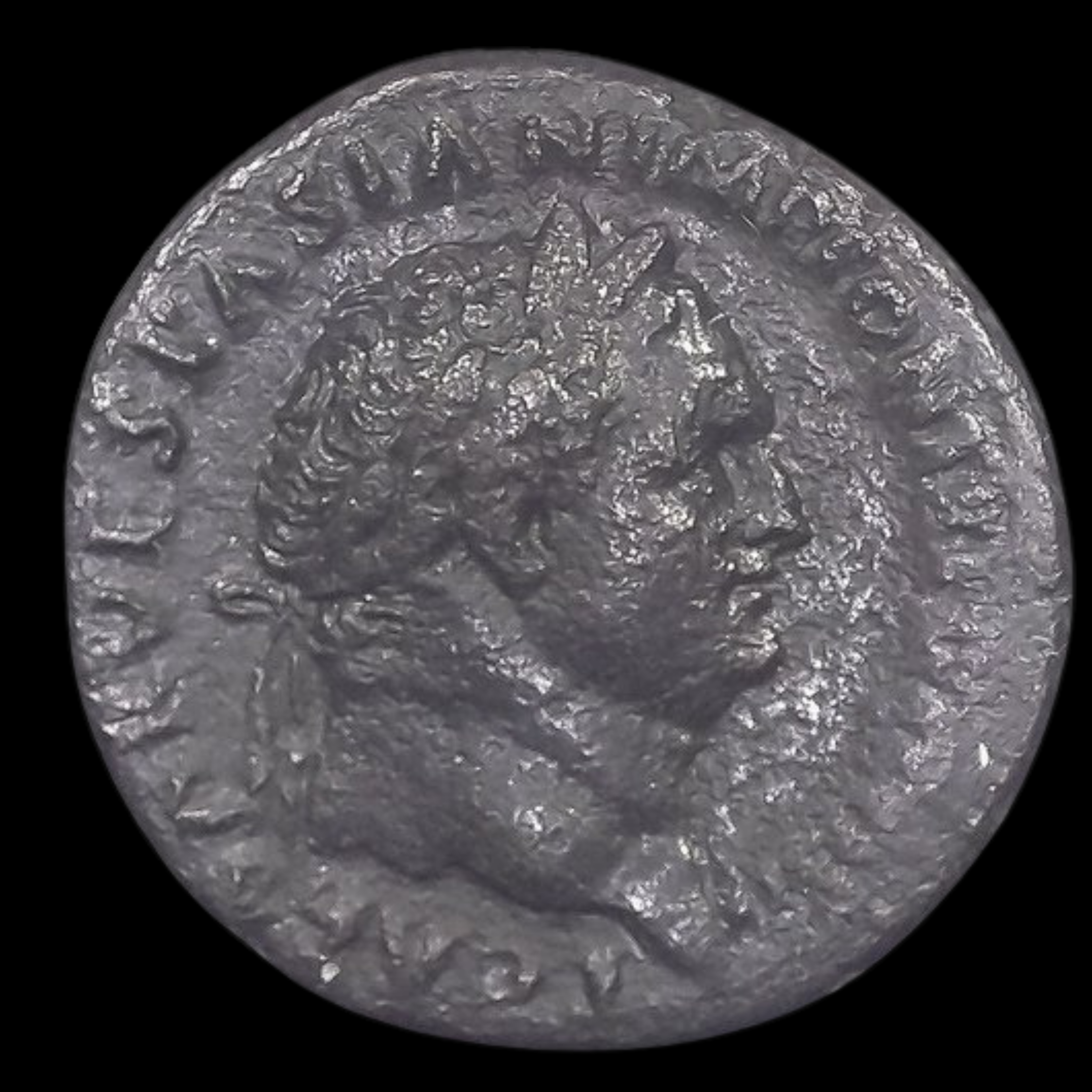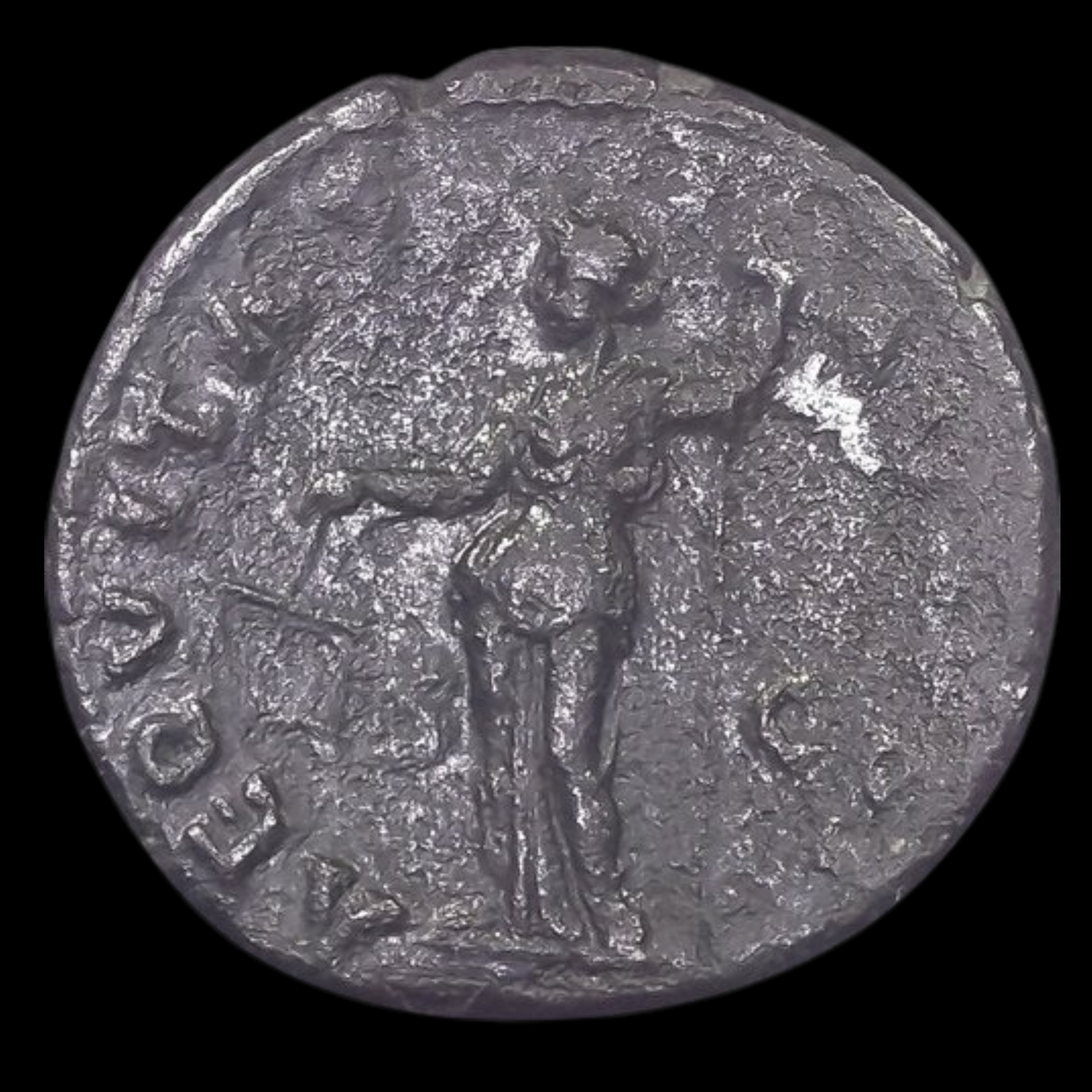 Image 1 of 2
Image 1 of 2

 Image 2 of 2
Image 2 of 2



Ancient Roman Bronze Coin Commemorating Constantinople — Issued Over 1,600 Years Ago to Honor Rome’s New Capital, NGC Certified XF | From the Famous Epfig Hoard
The coins shown are representative examples of the grade and type, but not the actual specimens for sale. For details on NGC’s grading standards and definitions, please refer to our NGC Grading page.
Constantinopolis Commemorative (AD 330–346)
Æ Follis — NGC XF, from the Epfig Hoard.
Obverse:CONSTANTINOPOLIS — Helmeted and laureate bust of Constantinopolis, wearing imperial robe, facing left; holds scepter over shoulder.
Reverse:Victory on prow — Victory standing left on the prow of a ship, holding scepter and resting shield on knee. Mintmark in exergue.
Specifications:
Denomination: Æ Follis (commemorative issue)
Diameter: ~16–18 mm
Weight: ~2.0–3.0 g (varies)
Mint: Struck at various mints across the empire (exact mintmark can specify attribution)
References: RIC VII 84ff., LRBC 104ff.
Historical Note:
Issued in celebration of the dedication of Constantinople as the “New Rome” in AD 330, these commemoratives honored the newly established capital of Constantine the Great. The obverse personification of Constantinopolis symbolizes the city itself, while the reverse imagery of Victory on a ship’s prow alludes to naval power and Rome’s dominion.
This coin comes from the famous Epfig Hoard, discovered in Alsace, France in 1866 — one of the largest and most important finds of Constantinian bronze coinage. The hoard provided crucial evidence for minting practices and circulation in the 4th century.
Collecting Note:
With its historic connection to the founding of Constantinople and its hoard provenance, this coin is both a desirable type for collectors of Constantinian issues and an appealing example of imperial propaganda in the transition from pagan to Christian Rome.
The coins shown are representative examples of the grade and type, but not the actual specimens for sale. For details on NGC’s grading standards and definitions, please refer to our NGC Grading page.
Constantinopolis Commemorative (AD 330–346)
Æ Follis — NGC XF, from the Epfig Hoard.
Obverse:CONSTANTINOPOLIS — Helmeted and laureate bust of Constantinopolis, wearing imperial robe, facing left; holds scepter over shoulder.
Reverse:Victory on prow — Victory standing left on the prow of a ship, holding scepter and resting shield on knee. Mintmark in exergue.
Specifications:
Denomination: Æ Follis (commemorative issue)
Diameter: ~16–18 mm
Weight: ~2.0–3.0 g (varies)
Mint: Struck at various mints across the empire (exact mintmark can specify attribution)
References: RIC VII 84ff., LRBC 104ff.
Historical Note:
Issued in celebration of the dedication of Constantinople as the “New Rome” in AD 330, these commemoratives honored the newly established capital of Constantine the Great. The obverse personification of Constantinopolis symbolizes the city itself, while the reverse imagery of Victory on a ship’s prow alludes to naval power and Rome’s dominion.
This coin comes from the famous Epfig Hoard, discovered in Alsace, France in 1866 — one of the largest and most important finds of Constantinian bronze coinage. The hoard provided crucial evidence for minting practices and circulation in the 4th century.
Collecting Note:
With its historic connection to the founding of Constantinople and its hoard provenance, this coin is both a desirable type for collectors of Constantinian issues and an appealing example of imperial propaganda in the transition from pagan to Christian Rome.


